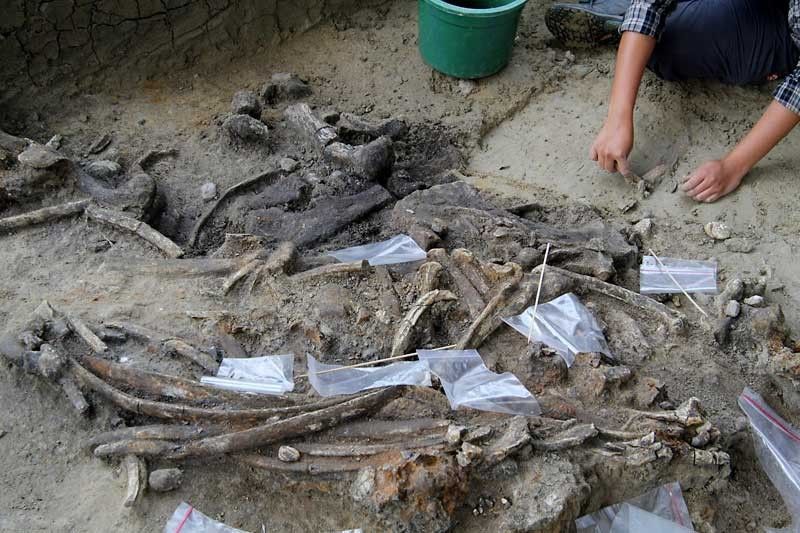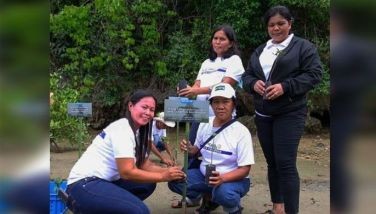Humans lived in Philippines 709,000 years ago – study

MANILA, Philippines — The discovery in Cagayan Valley of butchered rhinoceros skeleton and the stone tools probably used to carve its meat has established the presence of prehistoric humans in the Philippines as early as 709,000 years ago, a research published on Wednesday revealed.
The discovery of the so-called “Kalinga toolmakers,” described in a paper published in scientific journal Nature, provided evidence that “pushes back the proven period of colonialization in the Philippines by hundreds of thousands of years.”
“To date, the discovery of a human metatarsal in Callao Cave in northern Luzon to 66.7 thousand years ago represented the oldest evidence of the peopling of the Philippines,” read the research, conducted by pre-historians led by Thomas Ingicco of the Museum National d’Histoire Naturelle of France.
“We had the extraordinary luck to find a nearly complete, disarticulated rhinoceros,” said Ingicco.
Analysis of the bones from the extinct species left no doubt “that it showed ridges left by tools,” he said.
Some of the cut marks were made while removing flesh, while others came from specialized tools designed to remove nourishing – and no doubt delicious – marrow.
“Our excavations at Kalinga and the numeric dating results clearly provide securely dated evidence for human colonialization of the Philippines by the early Middle Pleistocene epoch (777,000 to 631,000 years ago), and long before the appearance of modern humans in both the local context and wider Island Southeast Asia region,” his report read.
The National Museum of the Philippines, which also took part in the research, yesterday said the findings are “of the highest importance to the history of the Philippine islands and the remote origins of the peoples who came to inhabit them.”
It will present additional details in a press conference next week.
According to the researchers, the study started in 2013 following discovery of vertebrate bones and stone artifacts during a survey in an area near Rizal municipality in Kalinga.
Subsequent excavations discovered 57 stone tools and hundreds of bones, including an almost complete skeleton of an ancient rhinoceros that showed signs of butchery.
Other animal remains that were discovered include bones of a stegodon (prehistoric elephant), Philippine brown deer, freshwater turtle and monitor lizard.
Dating of the bones showed that the animal lived around 709,000 years ago, providing evidence of early human presence at the time.
Researchers said the identity of the “Kalinga toolmakers” is still unknown as the remains of any of them have yet to be discovered.
However, they said these prehistoric humans may have come from Borneo through Palawan to the west or China through Taiwan to the north, which was connected to Luzon due to lower sea levels.
They added that the early human discovered in Callao cave may represent a direct descendant of the “Kalinga toolmakers.”
The discovery “furthermore suggests that early overseas dispersal in Island Southeast Asia by premodern hominins took place several times during the Early and Middle Pleistocene stages,” read the study.
“The Philippines therefore may have had a central role in southward movements into Wallacea (Indonesia), not only of Pleistocene megafauna, but also of archaic hominins (early humans),” it added. – AFP
- Latest
- Trending



























